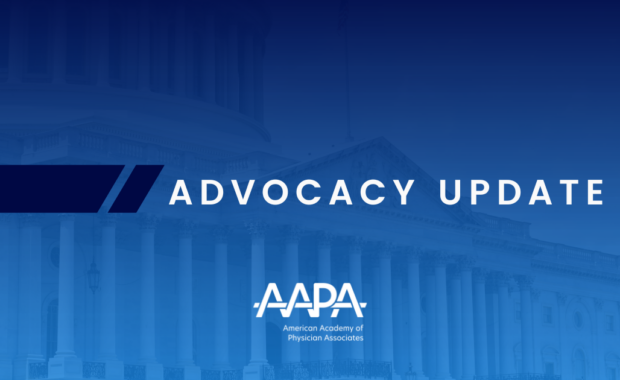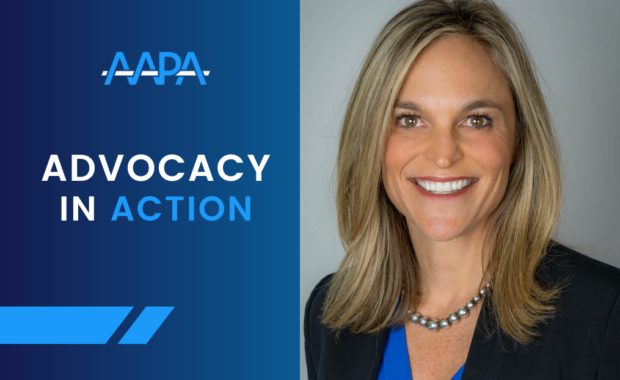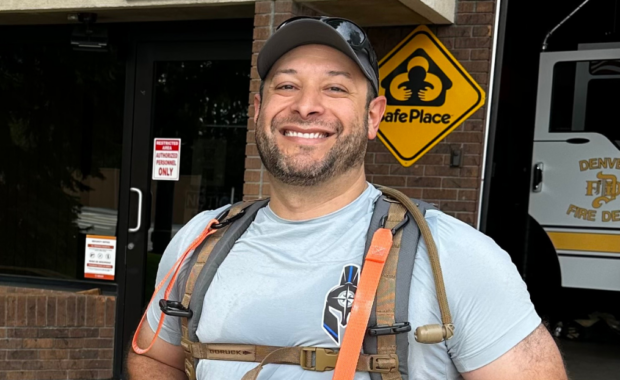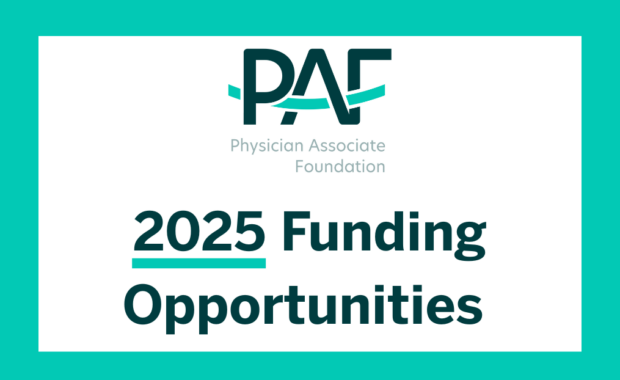PA Students: Experts Say Be Prepared to Treat Substance Use Disorder
At SUD Symposium, Students Encouraged to Get Buprenorphine Waiver
June 7, 2019
By Sarah Blugis
At AAPA 2019, student attendees were given an opportunity to learn about substance use disorder (SUD) from practicing PAs and tools to help prepare them to treat SUD in future practice.
The PA Student Substance Use Disorder Symposium, organized by the PA Foundation and supported by the National Institute on Drug Abuse, Clinical Trials Network Dissemination Initiative, was held on May 18. That afternoon, the conference room quickly filled up with hundreds of students from PA programs across the country.
SUD is a public health crisis – one with an enormous cost, which manifests itself in many ways and in many settings, from exam rooms and emergency departments to the criminal justice system.
Addressing SUD, particularly the opioid crisis, is an important topic for the PA Foundation, the philanthropic arm of AAPA. The Foundation’s Board of Trustees has identified SUD as a programmatic priority. The PA Student SUD Symposium adds to the work the PA Foundation is already doing through Allied Against Opioid Abuse, a partner-based educational initiative to prevent prescription opioid abuse and misuse.
With the aim of educating students about SUD in all practice settings, the SUD symposium explored the landscape of the SUD crisis and presented viewpoints from PAs practicing on the ground in addiction medicine and primary care.
An Overview of the SUD Crisis
To start the session, Debra Newman, PA-C, MPAS, MPH, described the current SUD crisis. Newman serves as treatment provider for the First Judicial District Court, Adult Drug Court, for Santa Fe and Rio Arriba Counties, New Mexico. Since 2015, she has worked in residential treatment, outpatient psychiatry, and chemical dependency in New Mexico and Colorado.
Newman advised that every PA student will one day encounter SUD in their future practice setting. Considering worldwide rates of SUD, including abuse of alcohol, prescription medications, and illicit drugs, Newman emphasized that no matter the practice setting, PAs will see SUD throughout their careers.
Newman said that 31 million people suffer from SUD globally. Of those, 11 million are injecting drugs (with millions of those also living with HIV, hepatitis C, or both). Additionally, harmful use of alcohol results in 3.3 million deaths worldwide every year.
[CME Activities: Responding to the Opioid Epidemic]
In the U.S., headlines are focused on opioid use disorder (OUD). Newman shared the statistic that from 2016 to 2017, there was an almost 10% increase in the death rate from OUD – about 70,000 deaths. The highest opioid overdose death rates are among patients aged 25-44, and just 10% of people with SUD receive treatment. This is in contrast to treatment rates for some chronic diseases like hypertension, heart disease and diabetes, Newman emphasized, which have treatment rates of 70-80%.
Throughout the symposium, experts emphasized the need for PAs to complete 24 hours of approved training and then apply for a DEA waiver to prescribe buprenorphine, a form of medication-assisted treatment (MAT) for OUD. The waiver is commonly known as an “X-waiver.” Regardless of specialty, any PA will benefit from this training, experts said, and many can utilize the waiver in practice.
[Free Training for PAs and NPs to Treat Opioid Addiction]
Treating SUD in Practice
To further discuss treating SUD in real-life practice, three PAs practicing in addiction medicine and primary care offered students their perspectives.
Using hypothetical scenarios, the panelists discussed their perspectives on SUD and working with patients with the disease. Michelle Gaffaney, PA-C, a PA on the addiction consult/liaison service at Denver Health Medical Center, advised students to be compassionate.
“One approach that you can take seeing a patient [with SUD] is just treating them like a human being,” Gaffaney said. “Being empathetic and treating them as an individual can be really helpful, because a lot of these patients experience stigma and judgment when they interface with the medical system.”
Stigma, panelists agreed, is a major barrier to care that needs to be addressed. James Anderson, PA-C, MPAS, DFAAPA, who practices at Evergreen Treatment Services in Seattle, Washington, said provider bias can be a barrier to quality care.
Matthew Probst, PA-C, medical director and chief quality officer at El Centro Family Health in Española, New Mexico, encouraged students to ask their PA programs to teach them about treating SUD. And upon graduation, he advised, students should get their buprenorphine waivers – even if they don’t plan to pursue addiction medicine.
“I think with the statistics that exist now, you’re going to be hard-pressed to find anyone in this room that [SUD] hasn’t touched personally,” Probst said. “If it’s not you, it’ll be family members, a friend, a community member.”
Sarah Blugis is a communications manager at AAPA. Contact her at [email protected].
Read More
Five Things You Should Know from an Addiction Medicine PA
Thank you for reading AAPA’s News Central
You have 2 articles left this month. Create a free account to read more stories, or become a member for more access to exclusive benefits! Already have an account? Log in.



